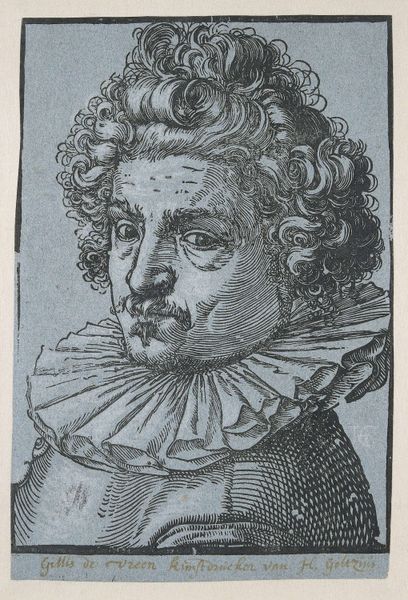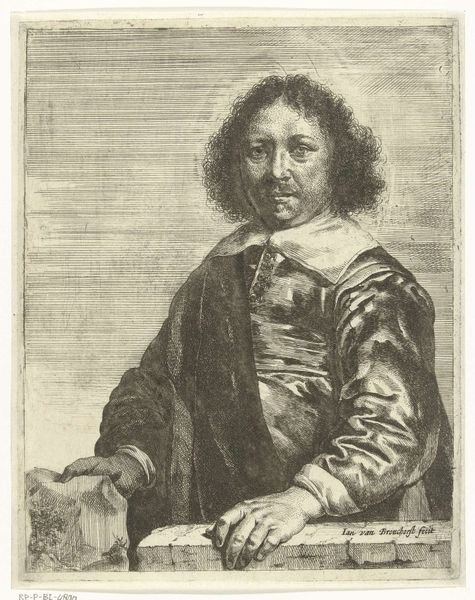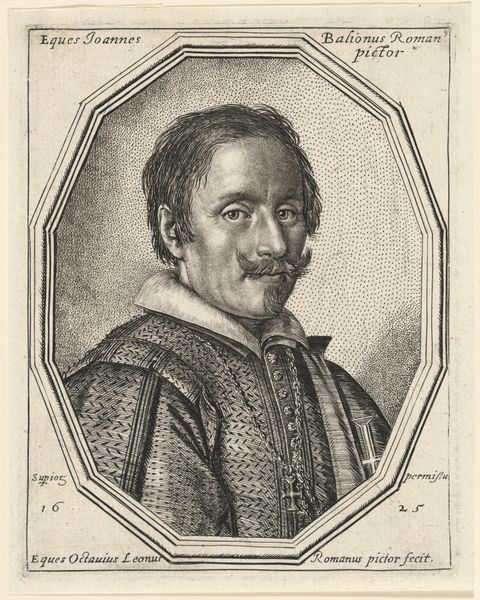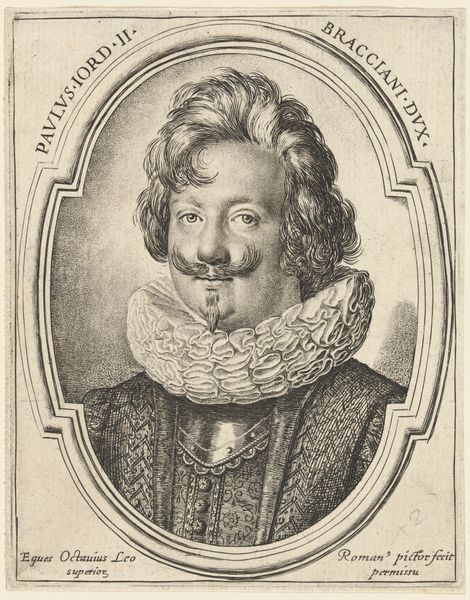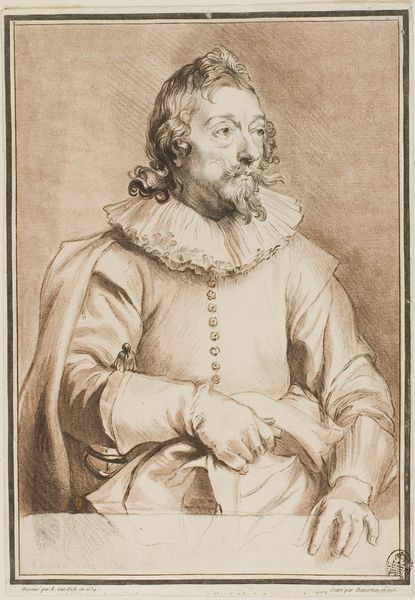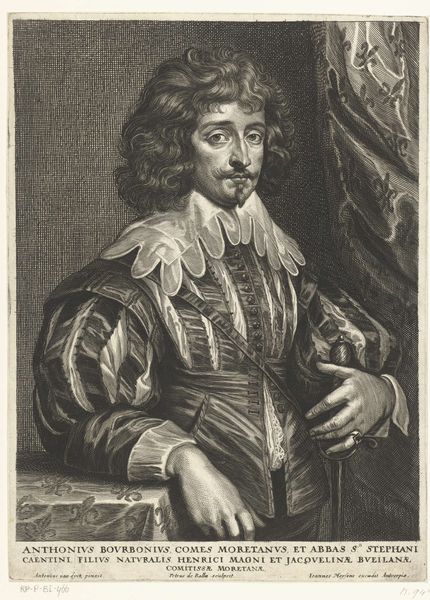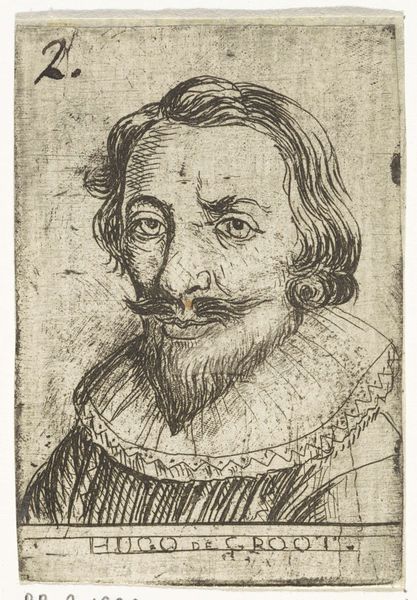
drawing, print, etching
#
portrait
#
pencil drawn
#
drawing
#
amateur sketch
#
facial expression drawing
#
light pencil work
# print
#
etching
#
pencil sketch
#
charcoal drawing
#
portrait reference
#
pencil drawing
#
portrait drawing
#
pencil work
Copyright: National Gallery of Art: CC0 1.0
Editor: This etching is a portrait of Giacomo Antonio Mannini by Ottavio Leoni. I’m really drawn to the intricate details in the collar and the hair. How do you read this work, especially given its historical context? Curator: It’s fascinating how Leoni captures Mannini. Think about the power dynamics inherent in portraiture during this period. Who had the means to commission or create such images? These works weren’t just about likeness; they were about solidifying social standing. What does the choice to depict Mannini in such detail suggest about his status or the artist’s intentions? Editor: I guess it elevates him, even if we don’t know much about him today. Was portraiture like this typically reserved for the elite? Curator: Generally, yes. But let’s think about artistic patronage and representation more broadly. Who gets remembered and why? Whose stories are told through art, and whose are omitted or suppressed? Even seemingly straightforward portraits can offer insights into historical inequalities and biases. Notice his gaze—it's averted, almost introspective. How does that affect your understanding of his position, relative to the viewer? Editor: That makes me wonder about his internal world, regardless of social class. This work reminds me that everyone has their own complex perspective. Curator: Exactly. It’s through questioning the norms and power structures embedded within these images that we can begin to excavate richer understandings of the past and its relationship to our present. Editor: I never really thought about portraits this way; now I’m considering them as historical documents that speak to power and visibility. Thanks for widening my perspective! Curator: Likewise; seeing art through your eyes, with a fresh approach, encourages new discoveries.
Comments
No comments
Be the first to comment and join the conversation on the ultimate creative platform.


